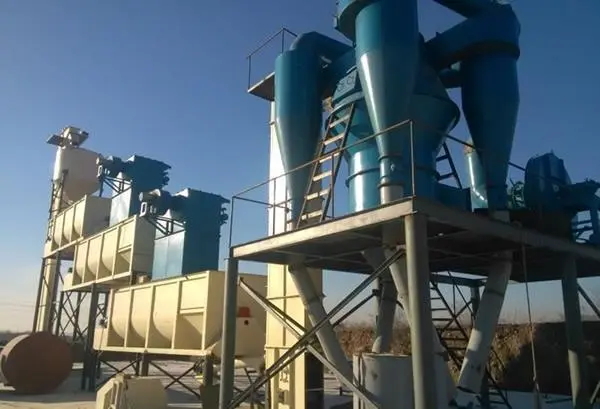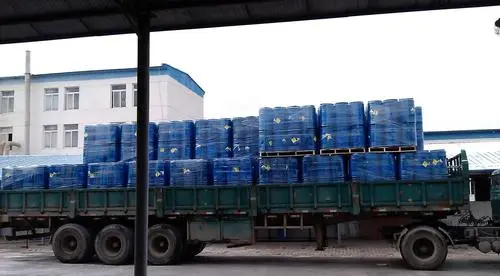1. A water plant treats sewage, one end can be determined first: grille and disinfection. Then supplement the middle part and fill it in the order of first-level → first-level strengthening → second-level (core process) → advanced treatment, and there will be mud lines after the water line is gone.
2. There is usually a grit chamber behind the grille. This is also a conventional method. Small and medium-sized factories can choose a swirl grit chamber, and large factories generally use an aerated grit chamber. Advection has not been seen much in recent years.
3. After the grit chamber, proceed to the next step according to the situation. If the water quality and quantity fluctuate greatly, then add a regulating tank.
4. In the future, depending on the level of SS, COD, and TP, supplement the primary sedimentation tank or coagulation sedimentation tank. The primary sedimentation tank can reduce the subsequent biochemical sludge production and gas supply requirements.
5. If there are refractory organic matter (with a relatively low B/C, or mixed with some industrial wastewater), add hydrolytic acidification and hydrolytic precipitation to increase biodegradability. This is the end of level one and level one enhancement.
6. The core process is the least tricky, and it is inseparable from AAO. Oxidation ditch, UCT, VIP, JHB, SBR, CASS, etc., are actually improvements or variants of AAO. Please refer to the owner’s preferences and water plant land, etc. To determine which one to use (oxidation ditch is recommended for industrial water).
7. The secondary settling tank follows closely, but not every process requires a secondary settling tank, and those with decanters do not need it (because the separation of mud and water has been achieved). In addition, the core process involving membranes does not need secondary settling Pools, among them, those that do not require advanced treatment can be directly disinfected.
8. The first thing to do in advanced treatment is chemical phosphorus removal (if you have not used chemical phosphorus removal before), the ability of biological phosphorus removal is limited after all, we still have to rely on aluminum salts, iron salts and PAM to remove phosphorus, and here add coagulation Sedimentation tank or high-efficiency sedimentation tank (coagulation sedimentation tank with sludge return), then the effect of removing SS and TP will be better.
9. Various filters, filters or filter cloths. Domestic sewage treatment to this point is not sent for disinfection?
10. The mud line is much simpler. In the place where the mud and water are separated in the secondary process, part of the sludge is refluxed, and part of the remaining sludge is discharged. The remaining sludge is concentrated, stored and dehydrated. If required, it will be dried and composted, etc. If not required, it will be directly Outbound disposal.
Sewage treatment process
- 4:41 pm
- September 30, 2022





